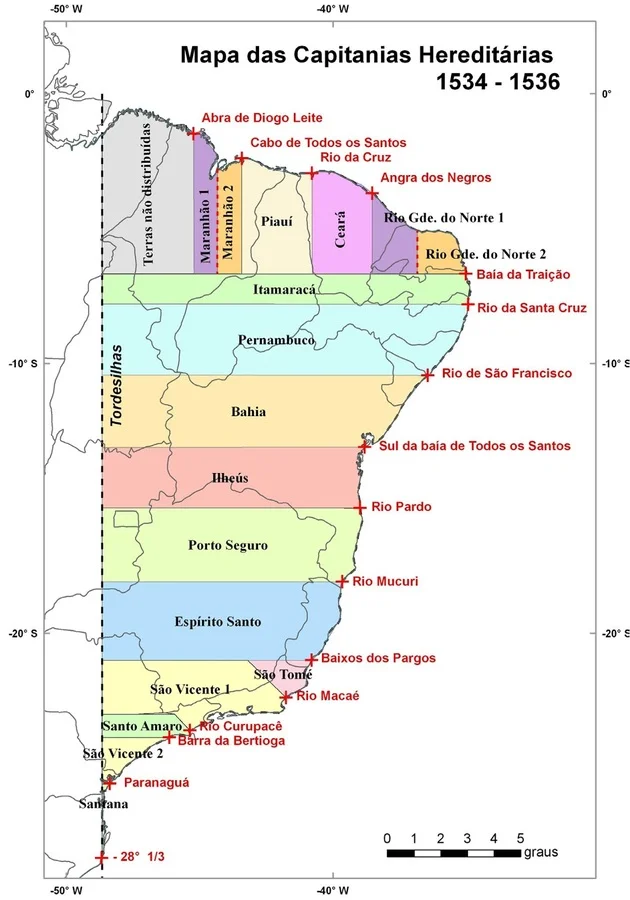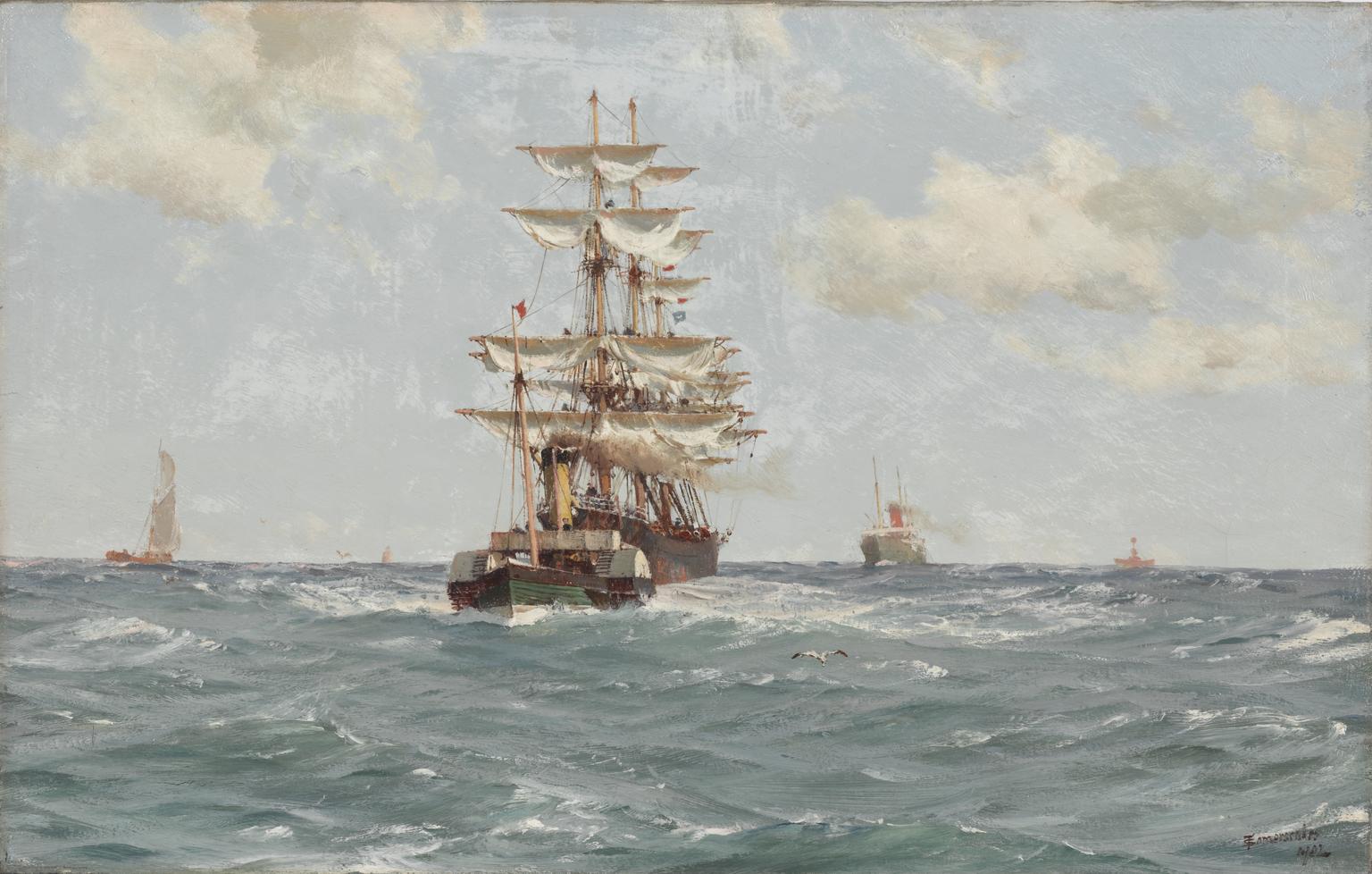Index
- Introduction
- What were hereditary captaincies?
- Historical context
- Objective of hereditary captaincies
- Creation and organization of captaincies
- Territory distribution
- Grantee captains and their responsibilities
- The legacy of hereditary captaincies
- Challenges and problems faced
- Consequences and impacts on the development of Brazil
- Conclusion
Introduction
In this article, we will address the creation of hereditary captaincies, an important moment in the history of colonial Brazil. We will explore its organization, purpose and legacy, delving into the challenges faced and the consequences left to this day.
What were hereditary captaincies?
Historical context
At the beginning of the 16th century, the lands of the current Brazilian region were little explored by the Portuguese, and there was a need for colonization. Thus, the king of Portugal, Dom João III, implemented a system called hereditary captaincies, in 1534.
Objective of hereditary captaincies
The main objective of hereditary captaincies was to decentralize the government and encourage the colonization of Brazil. The king divided the territory into lots called captaincies, which were granted to trusted nobles, known as donatary captains. These grantee captains were responsible for colonizing, administering and economically exploiting the lands they received.
Creation and organization of captaincies
Territory distribution
The Brazilian territory was divided into fifteen hereditary captaincies, which extended along the coast. Each captaincy had a significant territorial extension, varying according to its geographic location. This division was intended to facilitate control and occupation of land.
Grantee captains and their responsibilities
Donatary captains were chosen by King Dom João III and had economic, administrative and military powers in the hereditary captaincies that were granted to them. They had the responsibility to promote colonization, ensure the safety of settlers, establish villages and economically develop the regions.
The legacy of hereditary captaincies
Challenges and problems faced
Hereditary captaincies have faced several challenges throughout their existence. Economic exploration was often inefficient, mainly due to the lack of resources and the lack of interest on the part of grantee captains to invest in the land. Furthermore, indigenous resistance and disputes between settlers also hampered colonization.
Consequences and impacts on the development of Brazil
Despite the problems faced, hereditary captaincies played an important role in the country's development. Portuguese colonization expanded from these captaincies, establishing towns and creating the foundations for future economic growth. Furthermore, the miscegenation between colonizers and indigenous people contributed to the formation of Brazilian identity.
Conclusion
The creation of hereditary captaincies represented a strategy adopted by King Dom João III to colonize Brazil in a decentralized way. Despite the problems faced, they had a significant impact on the country's development. From this territorial division, it was possible to establish villages and promote economic growth. Hereditary captaincies are part of Brazilian history and have left an important legacy to this day.
FAQs (Frequently Asked Questions)
1. What were the main objectives of hereditary captaincies?
– The main objectives were to decentralize the government and encourage the colonization of Brazil.
2. How many hereditary captaincies were created?
– Fifteen hereditary captaincies were created along the Brazilian coast.
3. What were the main challenges faced by hereditary captaincies?
– The main challenges were the lack of economic resources, indigenous resistance and conflicts between settlers.
4. What was the legacy left by the hereditary captaincies?
– The legacy includes territorial expansion and the formation of Brazilian identity through miscegenation between colonizers and indigenous people.
5. How did hereditary captaincies contribute to the development of Brazil?
– They established villages and promoted economic growth, creating the foundations for the country’s future development.




